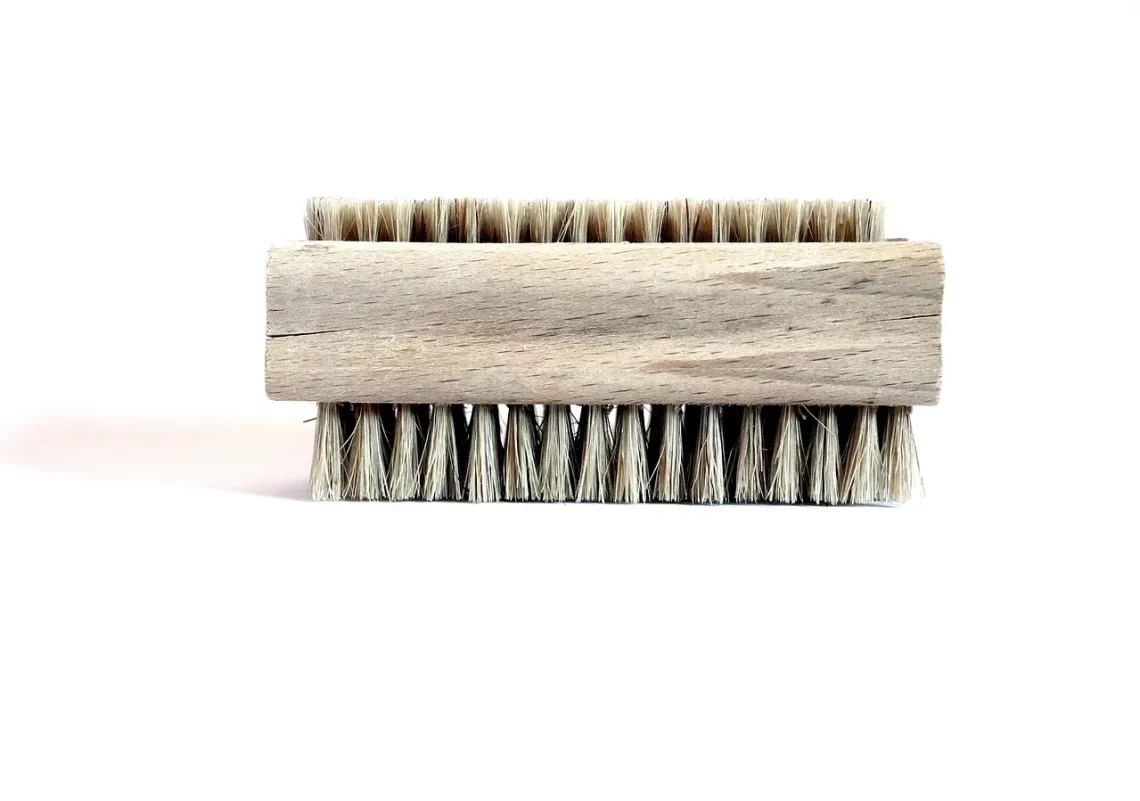
Revitalize Your Skin with a Traditional Hammam Scrub Experience
Revitalizing your skin is not just about the products you apply; it often involves embracing ancient traditions that have stood the test of time. The hammam, a traditional Turkish bath, is one such experience that has been cherished for centuries. It is more than just a cleansing ritual; it is a holistic approach to personal care, relaxation, and rejuvenation that offers numerous benefits for the skin and overall well-being.
As you step into a hammam, you are not just entering a physical space; you are entering a world where time slows down, and the stresses of modern life fade away. The ambiance is filled with warmth and soothing aromas, inviting you to unwind and indulge in a unique cleansing experience. The rituals associated with the hammam often combine steam, gentle exfoliation, and the application of natural oils and soaps, all of which work together to revitalize your skin.
This traditional practice has roots in various cultures, from the Middle East to North Africa, and its popularity has spread across the globe. Each hammam experience is slightly different, reflecting the local traditions and customs, but the core essence remains the same: to purify, relax, and rejuvenate. As we delve deeper into this ancient practice, we will explore the various elements that contribute to the hammam’s revitalizing effects on the skin and why you might consider incorporating this experience into your self-care routine.
The History and Cultural Significance of Hammam
The hammam has a rich history that dates back to ancient civilizations, serving not only as places for bathing but also as social hubs. In many cultures, the hammam was a central part of community life, where individuals gathered to discuss matters, celebrate milestones, and connect with one another. The practice originated from the Roman baths, which were designed for relaxation and cleanliness, and evolved over time into the more elaborate and culturally significant hammam we recognize today.
In the Middle East and North Africa, hammams are often seen as a sanctuary where individuals can escape the hustle and bustle of daily life. The rituals associated with the hammam often include a sequence of bathing, steaming, and scrubbing, each step designed to promote relaxation and skin health. The warm, humid environment helps to open up pores, allowing for deep cleansing and the removal of impurities from the skin.
Moreover, the hammam experience is steeped in tradition and spirituality. Many people view their time in a hammam as a form of meditation, where they can focus on their well-being and mindfulness. The rituals performed in a hammam, such as the use of natural scrubs and oils, often incorporate ingredients that have been used for generations due to their beneficial properties. From olive oil to black soap, these natural elements not only cleanse but also nourish the skin, leaving it feeling refreshed and revitalized.
Visiting a hammam is more than just a beauty treatment; it is an opportunity to engage with a rich cultural heritage and experience the communal aspects of self-care. This cultural significance adds depth to the experience, making it not just a physical cleanse but also a holistic rejuvenation practice that reconnects individuals with their heritage and community.
The Benefits of Traditional Scrubbing Techniques
At the heart of the hammam experience lies the traditional scrubbing technique, often performed by a skilled attendant known as a “tellak.” This exfoliation process is crucial for revitalizing the skin, as it helps to remove dead skin cells, unclog pores, and promote circulation. The scrubbing is typically done using a special mitt called a “kese,” which is designed to provide a deep yet gentle exfoliation.
One of the primary benefits of this scrubbing technique is its ability to promote skin renewal. By removing the outer layer of dead skin cells, the body is encouraged to regenerate new cells more efficiently. This process not only enhances the texture of the skin but also improves its overall appearance, giving it a healthy, radiant glow.
Additionally, the scrubbing process can aid in boosting circulation. The rhythmic motions of the scrub stimulate blood flow, which is essential for delivering oxygen and nutrients to the skin. Improved circulation can lead to a more vibrant complexion and promote healing, making it especially beneficial for individuals with skin concerns such as acne or dullness.
Furthermore, the use of natural ingredients during the scrubbing process enhances its effectiveness. Many hammams incorporate traditional scrubs made from ingredients like olive oil, honey, or clay. These natural elements are rich in antioxidants and vitamins, providing nourishment to the skin while cleansing it. For instance, olive oil is known for its moisturizing properties, helping to hydrate the skin and prevent dryness, while honey possesses antibacterial qualities that can be beneficial for acne-prone skin.
The psychological benefits of the scrubbing experience should not be overlooked either. The sensation of being scrubbed, combined with the warm, steamy environment of the hammam, creates a relaxing atmosphere that can help to reduce stress and promote mental clarity. This holistic approach to self-care, where physical and mental well-being intertwine, is what makes the hammam experience truly special.
Preparing for your hammam experience can enhance the benefits and ensure that you make the most of this rejuvenating ritual. While many aspects of the hammam are taken care of by the staff, there are a few steps you can take to ensure a smooth and enjoyable visit.
First and foremost, it is essential to hydrate adequately before your visit. The heat and steam of the hammam can be quite intense, and being well-hydrated will help your body cope with the changes in temperature. Drinking plenty of water leading up to your appointment will help you feel comfortable and energized during your time in the hammam.
Next, consider your personal comfort. While many hammams provide towels and robes, you may want to bring your own items that make you feel more at ease. This could include a favorite towel, a personal robe, or even your preferred skincare products for post-hammam care. Having your own items can add a touch of familiarity to the experience.
It’s also helpful to familiarize yourself with the specific rituals of the hammam you plan to visit. Different establishments may have variations in their procedures, so understanding what to expect can help ease any anxiety. For instance, some hammams may offer additional treatments such as massages or facials, which can be a wonderful complement to the scrubbing experience.
Once you arrive at the hammam, take a moment to relax and allow yourself to embrace the atmosphere. The transition from the outside world to the serene environment of the hammam is important for mentally preparing yourself for the experience. Take deep breaths, immerse yourself in the aromas, and let go of any lingering stress.
Finally, remember that the hammam experience is meant to be enjoyed at your own pace. Listen to your body and allow yourself to indulge in the sensations and rituals without rushing. Whether you prefer to spend extra time in the steam room or enjoy a longer scrubbing session, the key is to immerse yourself fully in the experience and savor every moment.
In conclusion, the traditional hammam scrub experience is a revitalizing journey for both the skin and the soul, offering a unique blend of historical significance, physical benefits, and personal care. By embracing this ancient ritual, you can refresh your skin and indulge in a holistic self-care practice that has been cherished for generations.
**Disclaimer:** This article is for informational purposes only and does not constitute medical advice. Always consult with a healthcare professional for any health-related issues or concerns.




